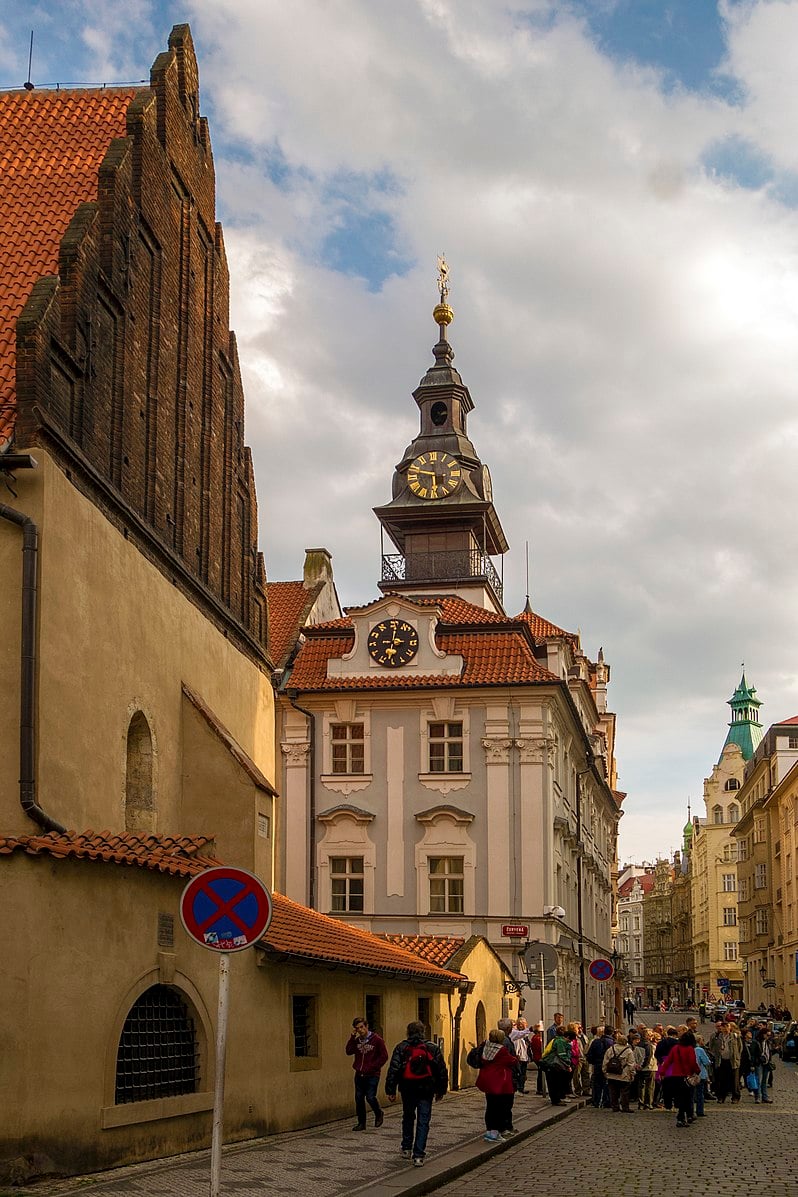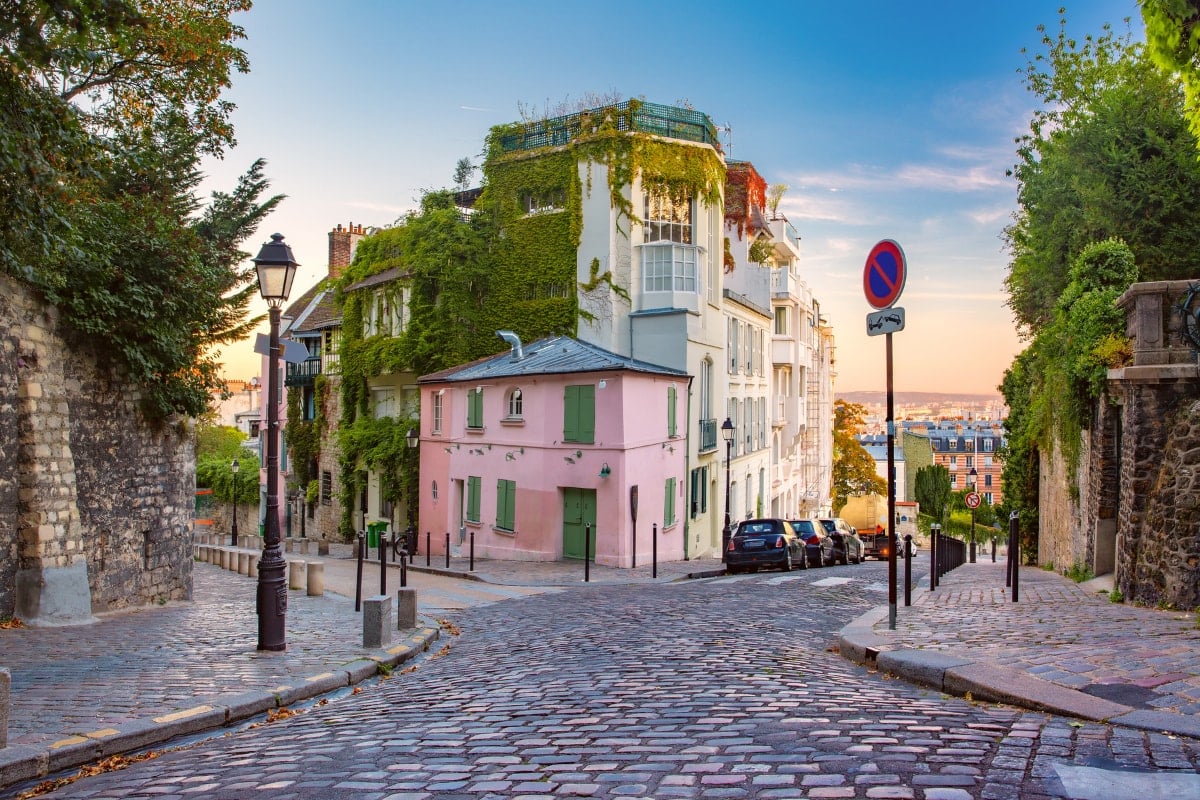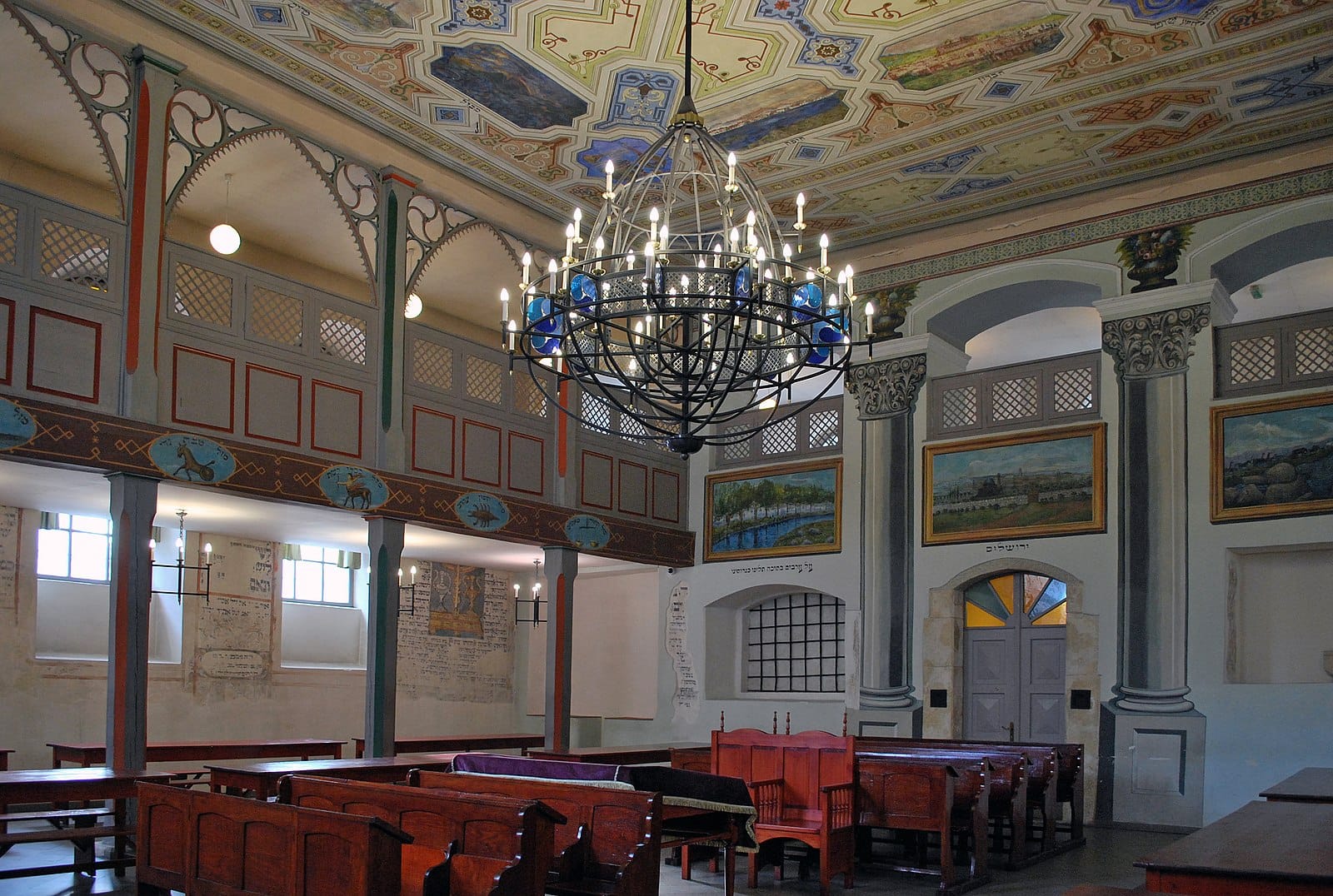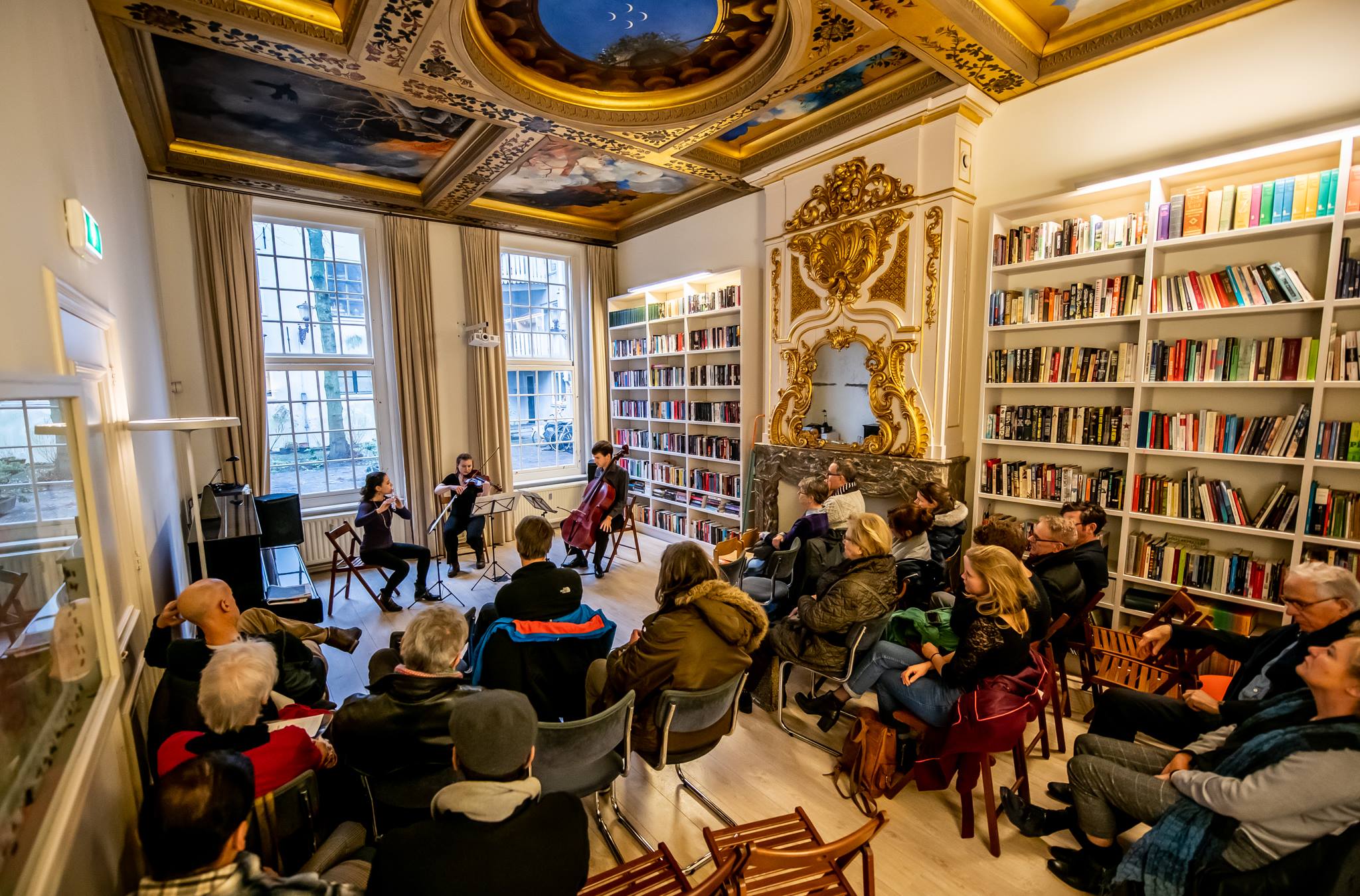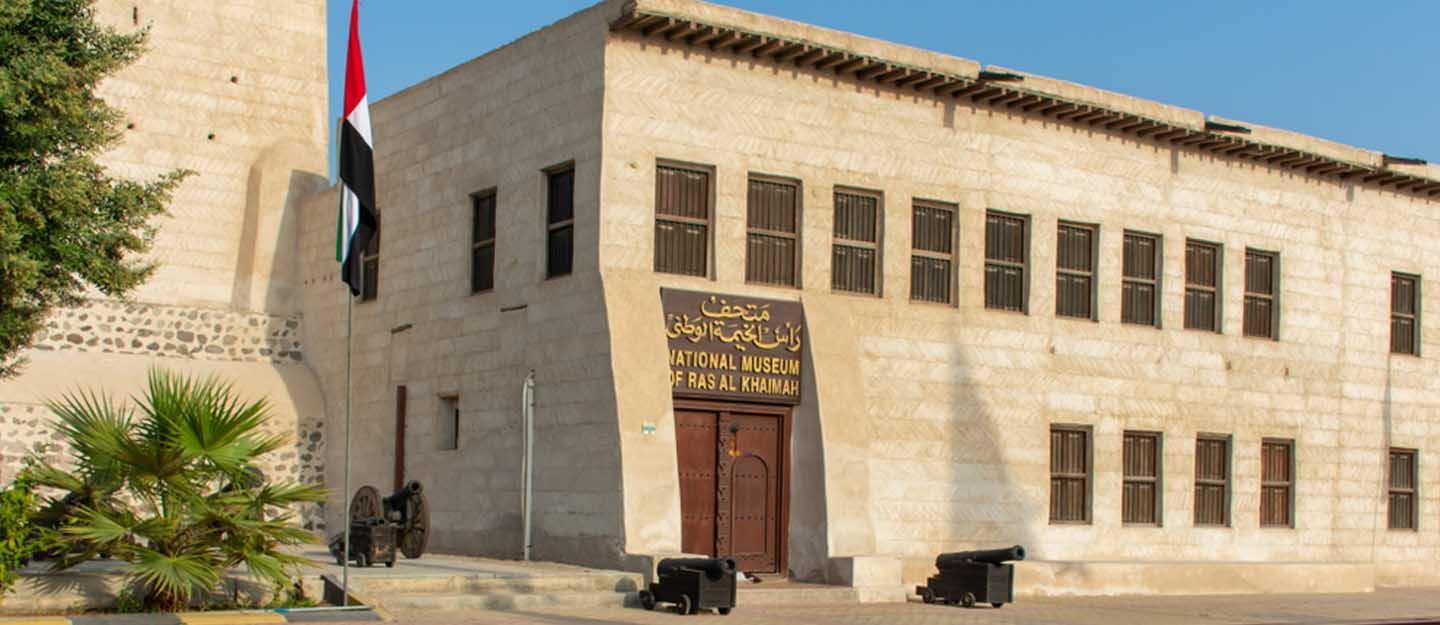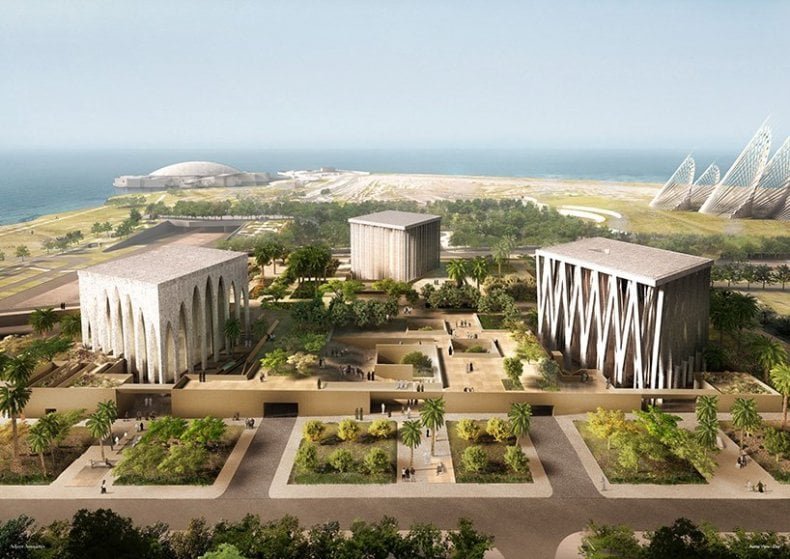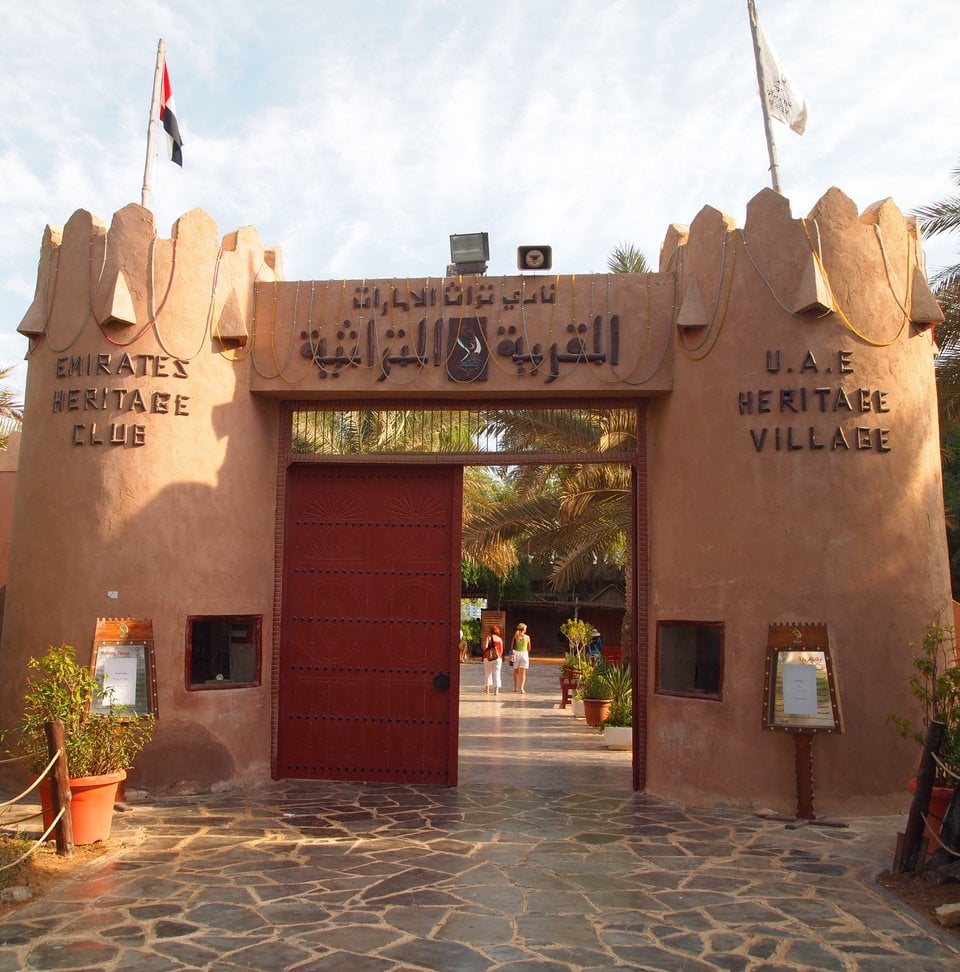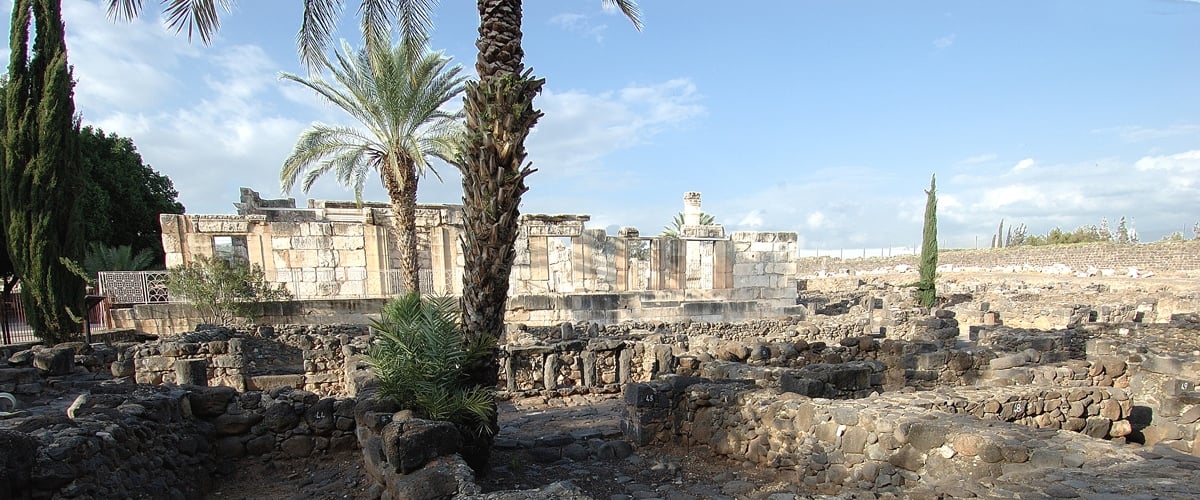Like many other structures in Prague’s Jewish Quarter, the Jewish Town Hall (Židovská Radnice in Czech) was funded by Mordechai Maisel, the community leader, philanthropist and one of its richest citizens during the 16th century. The Hall was built by Panacius Roder in 1586, with a distinct Renaissance style. It was originally used as the main meeting point for the local Jewish community until it was destroyed by a fire in 1755. The building was then reconstructed by Josef Schlesinger, in a Late Baroque style. This historical landmark boasts two clocks on its façade, a feature that symbolizes the former Prague Ghetto. The clock which is higher up on the tower uses Roman numerals. Notably, the second clock uses Hebrew numerals and hands that move counterclockwise. Although the Town Hall is not open to the public, it is still worth seeking out when touring the Jewish Quarter.
Image attribution:
Jim, CC BY 2.0
jerzy Strzelecki, CC BY-SA 3.0
Richard Mortel from Riyadh, Saudi Arabia, CC BY 2.0
hakkun, CC BY-SA 3.0
Yair Haklai, CC BY-SA 4.0
